The scientific community faces a growing crisis that threatens to undermine decades of research progress. Across laboratories and universities worldwide, an estimated 90% of raw research data disappears into the digital void shortly after publication. This phenomenon, known as the "dark data" crisis, represents both a staggering waste of resources and a fundamental flaw in how we preserve scientific knowledge.
When Dr. Emily Hartmann, a microbiologist at the University of Toronto, attempted to replicate a groundbreaking 2018 study on antibiotic resistance, she hit an insurmountable wall. The original team's datasets - including crucial temperature variations and bacterial growth metrics - had vanished from their institutional repository. "We wasted six months and nearly $200,000 trying to reconstruct basic parameters," Hartmann recounts. Her experience reflects a systemic failure affecting researchers from particle physics to paleontology.
The scale of data loss becomes apparent when examining funding patterns. The National Science Foundation spends approximately $7 billion annually supporting research that generates exabytes of information. Yet follow-up audits reveal that less than 10% of this data remains accessible three years post-publication. Climate scientists particularly lament this trend, as longitudinal environmental datasets often hold greater value than the papers they initially supported.
Several interconnected factors drive this crisis. Academic incentives prioritize novel findings over data preservation, creating a "publish and perish" mentality. Storage limitations compound the problem - a single genomics lab can produce 50 terabytes annually, equivalent to 10,000 DVDs. Most institutions lack infrastructure to preserve these growing datasets indefinitely. Perhaps most troubling, many researchers consider their raw data personal property rather than communal scientific resources.
The consequences ripple across disciplines. Medical researchers attempting meta-analyses frequently discover critical trial data unavailable. Archaeologists find site measurements referenced in papers but never archived. A 2022 study in Nature estimated that inaccessible data forces 18% of biomedical studies to unnecessarily repeat experiments, wasting an estimated $2.1 billion annually in the U.S. alone.
Some institutions now implement radical solutions. The Max Planck Society mandates data preservation for all publications, with non-compliance triggering funding freezes. At Stanford's Oceanography Department, researchers deposit instruments containing original data into museum-style collections. "We treat our CTD profilers like artifacts," explains Professor Luis Mendez. "Future scientists should examine both our conclusions and our raw measurements."
Technological solutions show promise but face adoption hurdles. Blockchain-based verification systems could permanently timestamp datasets, while AI classifiers might automatically tag files for preservation. However, most tools remain incompatible with legacy formats like lab notebooks or specialized equipment outputs. The irony isn't lost on preservation experts: we're losing data about how to save data.
Early career researchers appear most receptive to change. A 2023 survey of 5,000 PhD candidates revealed 73% would sacrifice publication speed for proper data archiving. "We've seen how older studies become useless without their underlying numbers," notes Columbia University neuroscience candidate Priya Kapoor. "My generation doesn't want to leave that legacy."
The crisis intersects with broader scientific integrity concerns. Retraction Watch reports a 400% increase in paper retractions linked to unavailable data since 2010. Funding agencies now scrutinize data management plans more rigorously than experimental designs in some fields. As European Research Council head Maria Leptin recently warned: "Science without preservable evidence isn't science - it's storytelling."
Cultural shifts may prove more impactful than any policy. The rise of data papers - publications solely describing datasets - grants academic credit for preservation work. Citizen science initiatives increasingly demand open data access as participation prerequisites. Even journalistic practices evolve, with major outlets like the BBC now routinely requesting datasets alongside expert interviews.
Historical parallels offer both warning and hope. The Library of Alexandria's destruction set human knowledge back centuries, yet Renaissance scholars reconstructed surprising amounts from secondary sources. In our digital age, even deleted files leave forensic traces. Emergency data recovery projects have successfully resurrected everything from 1970s satellite imagery to early COVID-19 sequences.
What remains uncertain is whether the scientific community will address this crisis proactively or through painful hindsight. As telescopes peer deeper into space and microscopes reveal smaller wonders, the infrastructure supporting these discoveries risks crumbling beneath accumulated data. The choice isn't merely about preserving bytes - it's about safeguarding science's ability to build upon itself across generations.
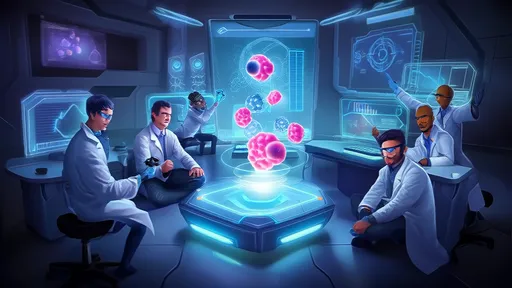
By /Jul 2, 2025
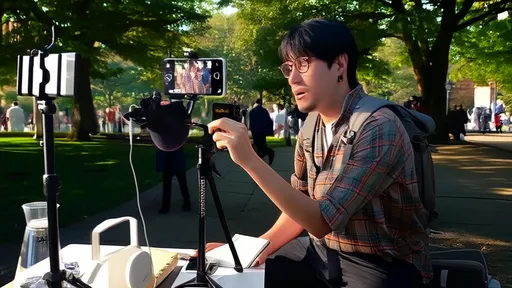
By /Jul 2, 2025

By /Jul 2, 2025
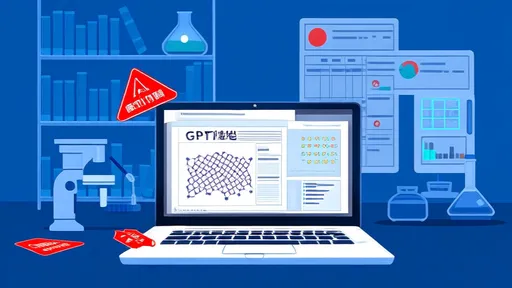
By /Jul 2, 2025

By /Jul 2, 2025

By /Jul 2, 2025

By /Jul 2, 2025
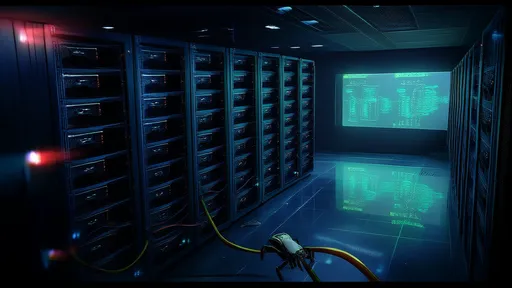
By /Jul 2, 2025

By /Jul 2, 2025

By /Jul 2, 2025

By /Jul 2, 2025
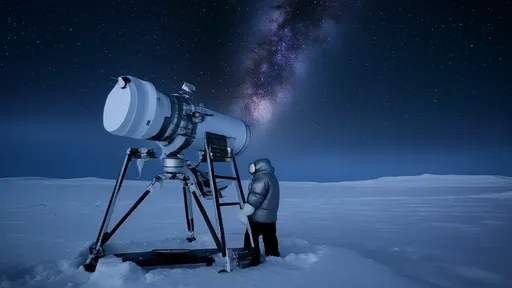
By /Jul 2, 2025

By /Jul 2, 2025
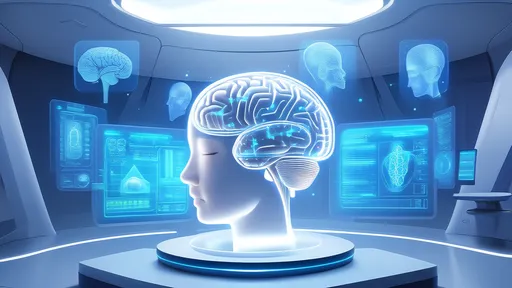
By /Jul 2, 2025

By /Jul 2, 2025
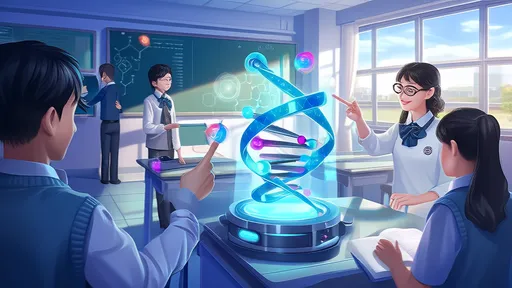
By /Jul 2, 2025

By /Jul 2, 2025

By /Jul 2, 2025

By /Jul 2, 2025

By /Jul 2, 2025